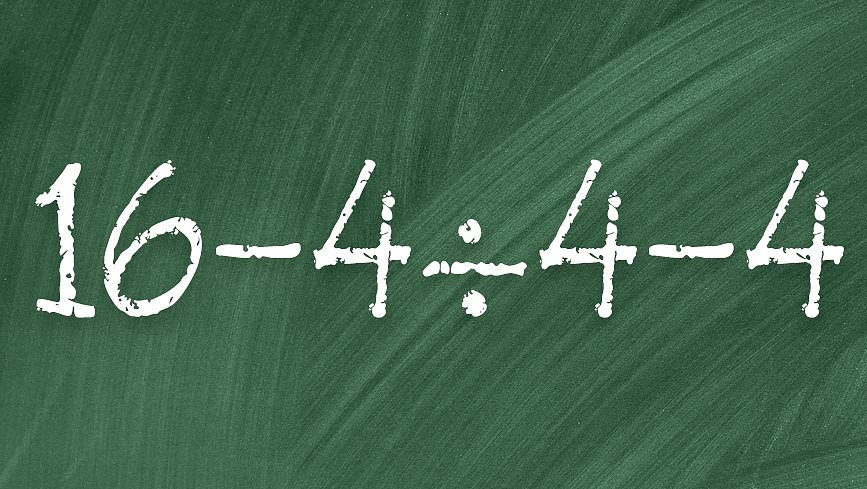PEMDAS has plagued many in elementary school math classes, but how many Americans remember how to use the acronym to solve problems?
A simple sixth-grade math equation went viral on X for stumping adults who forgot how to solve a basic problem.
‘Can you solve this!?’ one X user asked their followers.
The problem read: 16 – 4 ÷ 4 – 4.
The comment section blew up with some internet users claiming the answer was 11, while others saying that it was -1.
A few X users even claimed the answer was 12, some said 0, one answered 13, and another came to the answer of 6.
To solve the equation, you have to reach back into the depths of your brain and use PEMDAS, which stands for Parentheses, Exponents, Multiplication, Division, Addition and Subtraction.
The acronym represents the correct order to complete a math problem with multiple functions, starting by solving what’s in between parentheses.
So, can you solve the sixth-grade math problem?
The correct answer to the equation is 11.
To get the answer, four is first divided by itself because division comes before subtraction in PEMDAS.
Four divided by four is one, which now makes the problem 16 – 1 – 4.
Next is just simple subtraction.
Moving left to right, 16 – 1 = 15 and 15 – 4 = 11; thus, the answer to the tricky problem is 11.
Many users who got -1 made the mistake of going in order instead of starting with division.
If you started the equation by subtracting four from 16, you would’ve ended up with 12 ÷ 4 – 4.
12 ÷ 4 = 3 and 3 – 4 = -1.
Those who accidentally came up with 12, 0, 13, or 6 may’ve made an error when subtracting or dividing.
To continue testing your math knowledge, try solving this equation: 19 – 12 ÷ 3 + 1 or this one: 10 × 2 ÷ 4 − 2.
